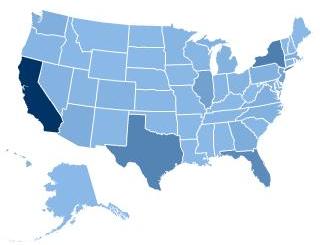Mary Giovagnoli, director of the IPC, was quoted in a BBC article discussing the Administration'...
Get the Facts
Deporting all of the unauthorized immigrants in Arizona would decrease total employment by 17.2%, eliminate 581,000 jobs for immigrants and native-born workers alike, shrink the state economy by $48.8 billion, and reduce state tax revenues by 10.1%.
IPC in the News
The Fiscal Fallout of State Immigration Laws
-
06/14/12
State-level immigration laws don’t pay off. That’s the consensus from business and agricultural...



